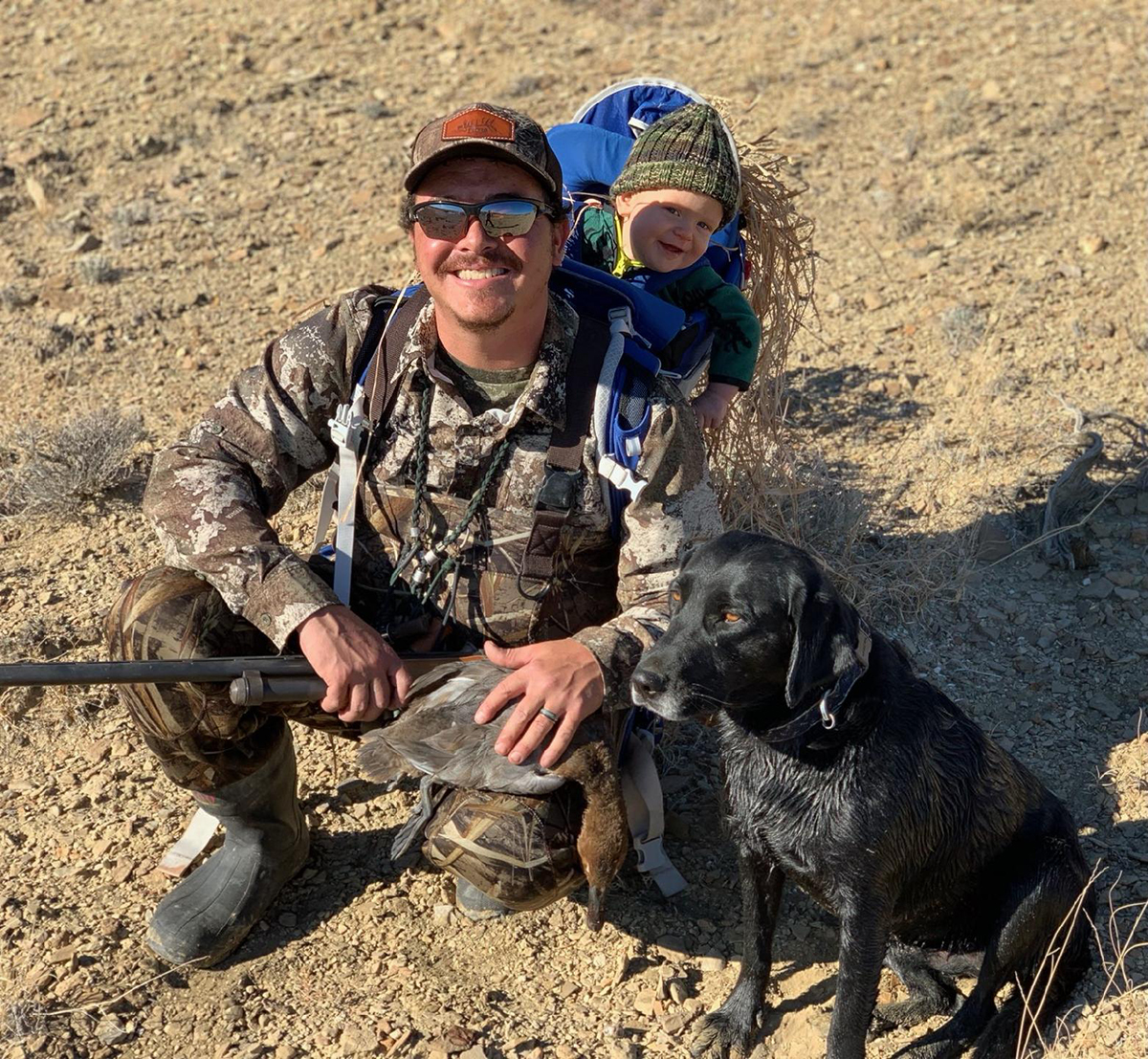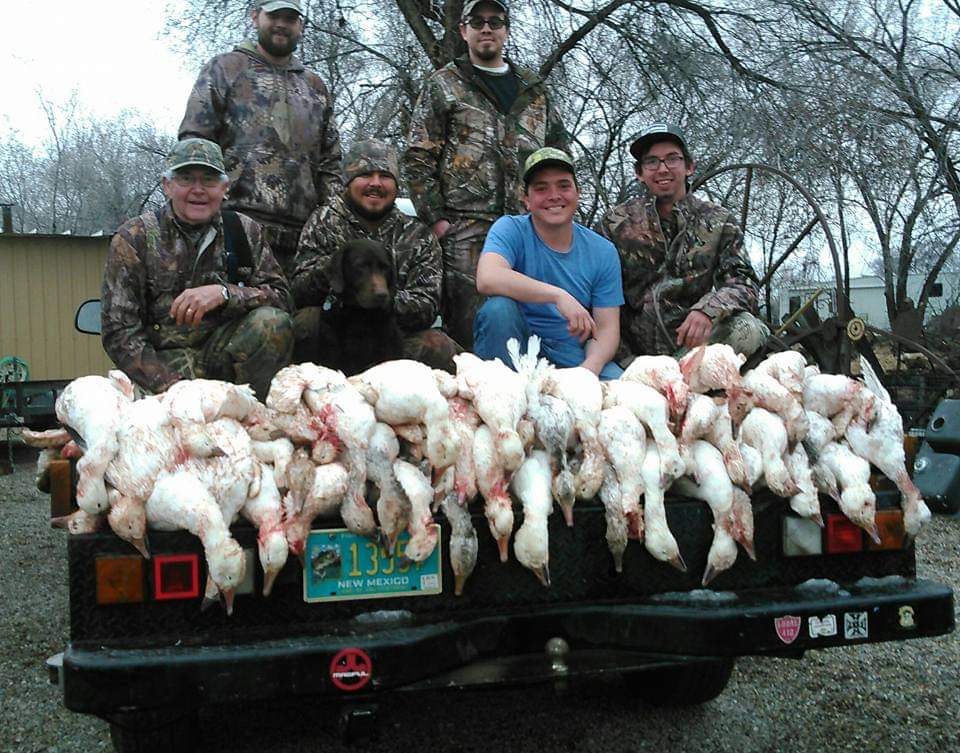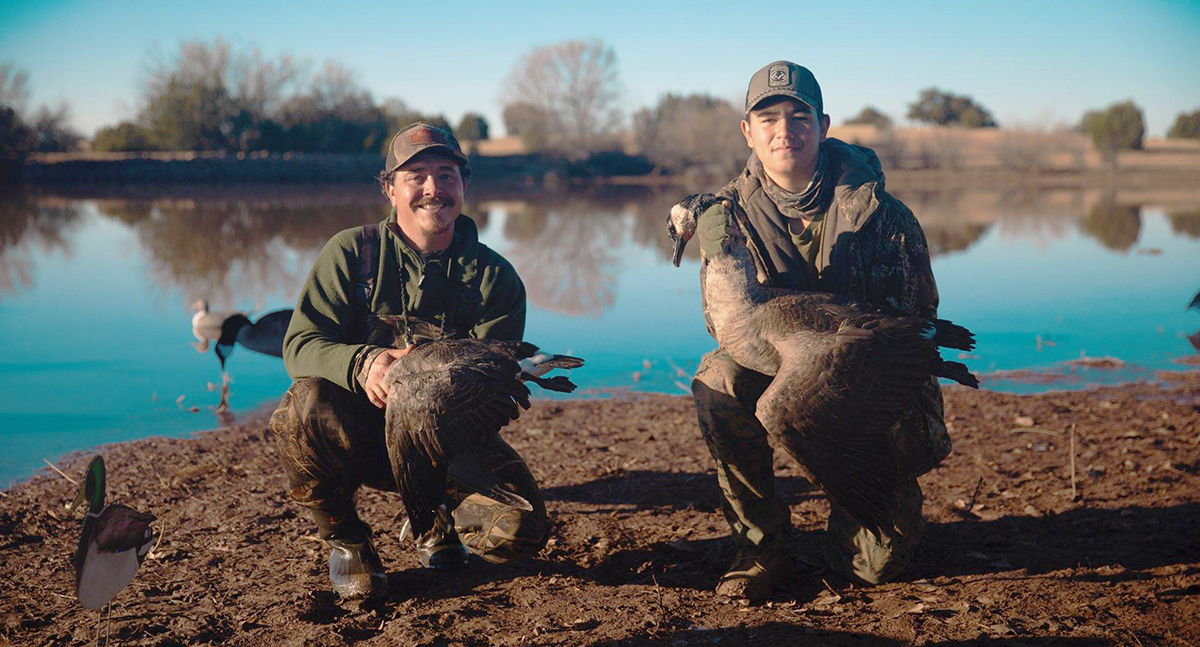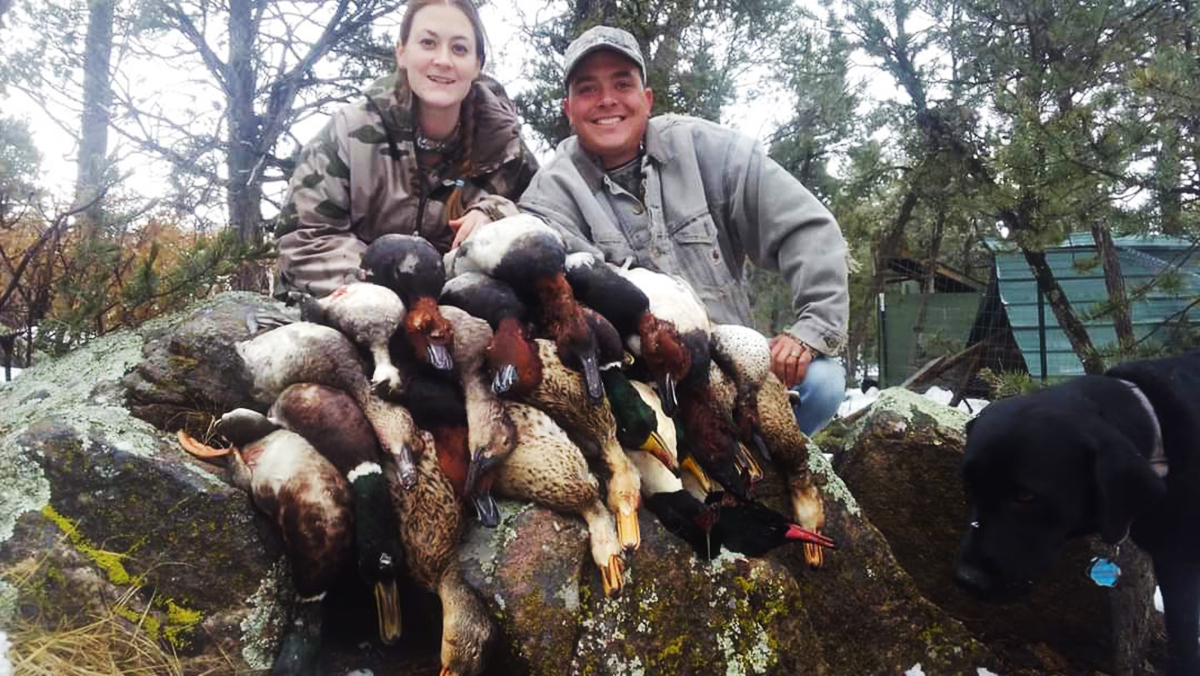A coalition of hunters and anglers showcases what’s at stake in Oregon’s Owyhee country
The Owyhee River begins in Northern Nevada and flows for more than 300 miles through some of the West’s wildest remaining country, forming an integral part of the sagebrush steppe landscape. According to the latest U.S. Census data, less than two people per square mile call this region home. For anyone who has spent a few nights in the river canyons or stared at the vast starry skies from the mountains and plateaus that define this place, its remote character is a defining feature.
TAKE ACTION FOR THE OWYHEES
What this region lacks in human population, it makes up for in wildlife. These canyons, encompassing more than 2.5 million acres of wilderness-quality lands, provide vital habitat for mule deer, elk, pronghorns, bighorn sheep, and more than 200 other species. Anglers catch native red-band trout in the beaver ponds of the West Little Owyhee, cast for 20-inch browns in the reach below the Owyhee dam, and introduce their kids to fishing on the abundant and easy-to-fool smallmouth bass found throughout the river basin. Hunters in the area enjoy some of the best opportunities in the West for mule deer, bighorns, antelope, and chukar.
Until recently, its distance from population centers has allowed the Owyhee country to maintain its backcountry character. Today, increasing pressures from renewable energy, mining, oil and gas, and off-highway vehicles grow with each passing decade. The recent surge of growth around Boise and the outdoor recreation industry within the area from rafters, hunters, anglers, hot springs enthusiasts, and other recreation-seekers also presents difficult management challenges. The impacts of these increasing uses, combined with invasive annual grasses, wildfire, and climate-change-fueled drought, all threaten the unique fish and wildlife habitat within the region. While sagebrush steppe habitat faces many of the same challenges across the West, these pressures are particularly acute in the Owyhee country.
Both the health of the landscape and the rural economies of the nearby communities need more resources to address these issues. Thankfully, Oregon’s congressional delegation is seeking pragmatic solutions after multiple requests from the ranching, conservation, and Tribal communities. In 2019, Senator Ron Wyden introduced a bill after a series of many stakeholder meetings that sought to find common ground for legislation that would promote the long-term health of the landscape, while providing for economic development and the continued traditional uses of public lands. Debate of and refinements to that first bill have continued since then, and in September 2022, Sen. Wyden introduced a revised Malheur Community Empowerment for the Owyhee Act (S.4860) that is now awaiting a hearing in the Senate Energy and Natural Resources Committee.
In a nutshell, S. 4860 would:
- Safeguard one million acres of undeveloped backcountry across Malheur County, while releasing an equal amount of wilderness-quality lands back to multiple use management.
- Increase the flexibility for grazing permittees to better respond to changing environmental conditions on the ground.
- Provide important funding to restore the health of degraded sagebrush habitats.
- Infuse economic development money into many surrounding rural communities.
At the outset of this decision-making process, the TRCP partnered with the Oregon Hunters Association, Trout Unlimited, Backcountry Hunters & Anglers, Friends of the Owyhee, Northwest Sportfishing Industry Association, Soul River Inc., and the Oregon Wild Sheep Foundation to form, organize, and engage a coalition of hunting- and fishing-based conservation organizations called the Owyhee Sportsmen. Since August 2019, the coalition has worked closely with the Oregon congressional delegation—especially Senator Wyden’s office—to provide input and recommendations on legislation that would improve the conservation of the region’s fish and wildlife habitat.
We continue to encourage our elected officials to work together to move S. 4860 forward in Congress. Our coalition is also focused on educating the public about the need to protect Oregon’s Owyhee canyonlands from development by highlighting the abundant opportunities the region provides for hunters, anglers, and outdoor recreators of all types.
Over the past few years, I’ve had the chance to hunt and fish together with several other members of the coalition to showcase the opportunities it provides for sportsmen and sportswomen. We were accompanied by Alpenglow Press Productions, who recently completed a film for our coalition that highlights a successful mule deer hunt in the heart of the Owyhees. We’re also finalizing a short film that tells the story of a flyfishing adventure in search of some of the Owyhee’s famous 20-inch brown trout.
There are few large areas of land and water left in the U.S. where one can get truly lost, where skies at night are completely free of artificial light, and where sportsmen and sportswomen can chase such iconic game animals, upland birds, and trout. Oregon’s Owyhee country is such a place, and we are committed to keeping it that way.










This is an amazing area that needs protection. This article a lot of the concerns regarding this unique piece of landscape and the surrounding communities.
River running, brief water level window, an important activity, spectacular!
I am an native Oregonian who values the Owyhee country for its wildness and wildlife resources. This is truly one of the last great wild places that has it all. Please continue to fight to keep this land as wild as possible so future generations came experience its greatness.
Establish the lower river(below dam) as fly fishing/barbless only would be a good start.
I want to see all of the area to remain open to the public. This includes motorized access.
This area needs protection!
Save the sagebrush!
Hopefully “protection” doesn’t mean stopping people from having access or using the land as they have for generations.
This collective effort is heart warming during a time of political divisiveness. Many years ago I floated down the Owyhee. Yep, it’s a gem. I have returned to another gem but in Mexico to live in my retirement years but sadly it’s being chiseled away by developers and a growing population … out here on the East Cape in Baja California Sur.